Self-Harm in Young People
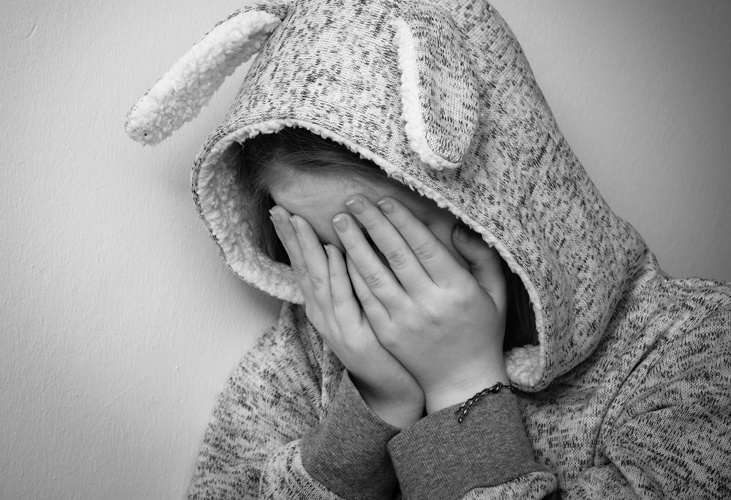
Self-harm is becoming increasingly common amongst young people in the United Kingdom, but there are still many misconceptions surrounding the issue that show we still have a long way to go towards understanding self-harm, the causes and indicators, and how we can help young people who are self-harming.
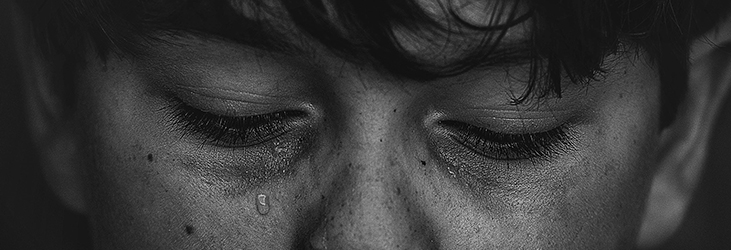
What is self-harm?
Many people think that self-harm is a suicide attempt. This is not usually true.
Self-harm can take many forms, and some of these are not life-threatening. Hair pulling, bruising, and scratching can all be a form of self-harm, along with burning, cutting, poisoning, and overdosing.
There is no specific way to self-harm. Every person who self-harms will find their own method, and this could include using a variety of different objects and processes. Some self-harm injuries may be much worse than others, but you should never compare the severity of injuries. The level of harm is never a reflection of the pain a young person might be feeling on the inside.
You should always treat ALL incidents of self-harm seriously, no matter how small.

Why do young people self-harm?
You might think that self-harm is a cry for attention, or perhaps a suicide attempt, but neither of these assumptions is necessarily true.
Young people self-harm for a variety of reasons, and there is no way of generalising why they do it. Everybody has a different reason for self-harm. Some young people may not even understand why they self-harm.
It is common for self-harm to be linked to poor mental health, and there is evidence to confirm that depressive episodes can trigger self-harm in young people.
However, a variety of other factors can influence a young person’s self-harming behaviour. Emotions can be a big cause, and some young people who self-harm say that they frequently feel the following emotions:
- Loneliness
- Poor self-esteem
- Lack of control over their life
- Frustration
- Anger
- Sadness
- Numbness
- Lack of confidence
External factors can also cause self-harming behaviour. Dealing with the death of a loved one, exam stress, past or current experiences of abuse, relationship problems, bullying, and family conflict can all trigger the emotions that cause a young person to self-harm.
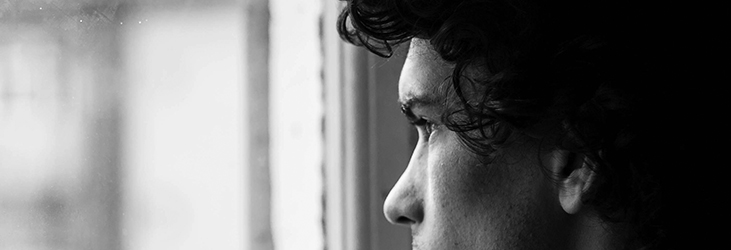
How does self-harm help a young person?
It is not really correct to say that self-harm helps young people. It is important to keep in mind that self-harming behaviour is very damaging.
Young people commonly use self-harm as a coping mechanism to deal with negative life events, or to relieve themselves of negative thoughts and feelings.
Self-harm can also be used as punishment when a young person blames themselves for a problem they have caused, or for something that has happened which they feel they are to blame for.
Many young people who self-harm say that it helps them to feel like they are in control of a situation. The pain caused by self-harming behaviour can sometimes be enough to distract them from the negative issues happening in their lives that have caused them to seek relief.
It is very easy for a young person to become addicted to the short burst of relief that self-harm can provide, but it should never be encouraged. Self-harming behaviour is unsafe, and there are always safer alternatives.

How can I tell if a young person is self-harming?
Unfortunately, it is not always easy to notice when a young person is self-harming. Many young people who self-harm will try to hide their injuries, sometimes through fear of judgement, sometimes through embarrassment, and sometimes because they are ashamed of what they have done.
The most common areas of the body for self-harm injuries are the arms, thighs, wrists, stomach, head, and chest. The injuries may range from cuts, bruises, and burns, to bald patches from pulling out hair.
If a young person is deliberately trying to keep an area of their body covered up, this may be a cause for concern. For example, if they refuse to take a jumper off in really hot weather, or they insist on wearing long-sleeved gloves all the time, this might be an indicator that they have self-harm injuries on their arms.
Changes in mood can sometimes be an indicator of self-harm, though you should pay keen awareness to the fact that many of the below symptoms can also simply be a product of low mood and poor mental health without self-harming behaviour necessarily happening.
- Low mood, lack of energy, tearfulness, depressive episodes
- Low self-esteem
- Drinking and drug use
- Becoming withdrawn, spending a lot of time alone
- Sudden weight loss or weight gain
You may find that a young person openly discloses to you that they have self-harmed. Alternatively, you might notice obvious self-harm injuries without a disclosure, or you could witness a young person self-harming.

How should I react if I discover that a young person has been self-harming?
First and foremost, if you find out that a young person has been self-harming either through discovering their injuries unintentionally, or because they have told you that they self-harm, you should remember to keep calm.
Treat the young person with respect and kindness, and make sure that you listen carefully to their thoughts and feelings without projecting any negative attitude or response onto them. If you find yourself unable to stay calm, leave the conversation alone until you have calmed down.
You should never show anger towards a young person who has self-harmed. This could cause a number of negative reactions, and it could even trigger more self-harming behaviour. If you get angry at a young person who has self-harmed, they are unlikely to trust you as someone they can talk to about their feelings, which makes them more likely to remain secretive about their self-harming behaviour and refuse to tell you about it.
Let the young person know that you are there to support them, and that you will help them to get the care they need to stop feeling like self-harm is the only option.
You should never make a young person feel like the extent of their injuries is not serious enough. No matter how minor an injury may seem to you, remember that it is not a reflection of the pain they are feeling on the inside, and making a young person feel like their self-harming behaviour is not serious enough is likely to encourage further damaging behaviour.
Sensitivity is key to successfully communicating with a young person who has self-harmed.
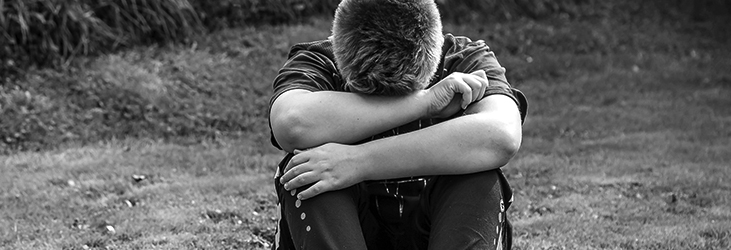
How do I talk to a young person who has self-harmed?
It can feel a bit like walking on egg shells when you first learn that a young person has been self-harming. You may be confused and worried about what to say to help them. Your fear of upsetting them further might lead you to avoiding conversation with the young person.
Remember that it is perfectly normal to feel shocked and overwhelmed when you find out that a young person has been self-harming, but avoiding the problem will not make it better and could make it worse.
If a young person shows an interest in talking to you about their self-harming behaviour, the important thing to remember is to stay calm and not to offer any judgement or criticism. Do not overwhelm the young person with questions. Let the focus be on them, and offer a listening ear. You might find that the conversation flows naturally, or that you don’t have to say much at all.
However, if a young person finds it difficult to talk to you about self-harm, you could suggest they write you a letter instead, or ask if there is another adult or a friend who they would feel comfortable talking to.
Always put the young person’s needs first. You do not need to know everything at once, and you do not need to provide a solution to their self-harming behaviour right away.
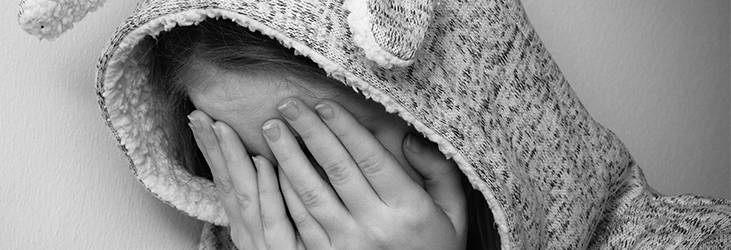
What can I do to make a young person who self-harms feel better?
Although you might feel like this is an issue you want to stop immediately, you should be sensitive to the fact that these things take time, and you probably won’t be able to end self-harming behaviour overnight.
Giving the young person space and respecting their need for privacy will help to build their trust in you. It may be difficult to find the balance between monitoring their behaviour and giving them breathing room, so sit down and discuss how you are both going to achieve this.
You should also have a conversation with the young person about wound care. If they are injuring themselves, they need to know how to clean and care for their injuries to prevent infection and illness. It might be a good idea to stock up on dressings, bandages, and antiseptic wipes, and let the young person know that this supply is readily available to them. Do not be shocked if they ask to keep some in their room.
Be sensitive to the young person’s feelings and do not break their trust by telling somebody else about their self-harming behaviour without asking their permission first.
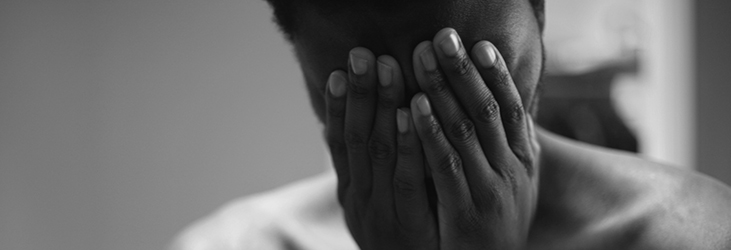
Where else can I find support for a young person who self-harms?
Every school will have a Designated Safeguarding Lead Person, or someone who is specifically in charge of dealing with incidents such as self-harming behaviour. Even though it is not spoken about much between parents, it is likely that the young person’s school has already dealt with self-harm in other students, so they will know the best way to offer you and the young person support.
Find out who the Designated Safeguarding Lead Person is for the young person’s school and arrange to have a meeting with them so that you can address the situation. They will be able to help you put an action plan in place to keep the young person safe, and will explore ways you can work together to bring an end to the self-harming behaviour.
You can also take the matter to your family GP. Arrange a doctor’s appointment and, if the young person feels comfortable enough to do so, let them describe their thoughts and feelings to the doctor. If the doctor feels it is necessary, they may refer the young person to a specialist for further help (for example, a counsellor, psychologist, or community mental health nurse).
A doctor will also be able to assist with dressing any wounds that have been caused by self-harm, and instructing the young person on how to take care of wounds correctly.

